Deck & Commander Strategies
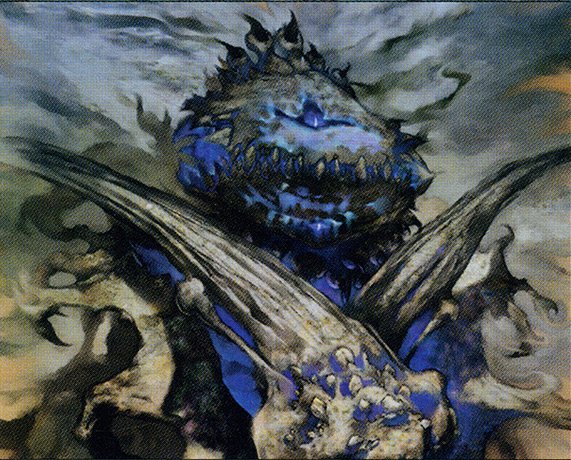
Mistform Ultimus
This deck focuses on utilizing artifact synergies and blue wizard tribal elements to ramp mana and control the board, employing cards like Grand Architect and Trinket Mage for value. It uses equipment such as Sword of Light and Shadow to protect Mistform Ultimus and leverage its versatility as a changeling.
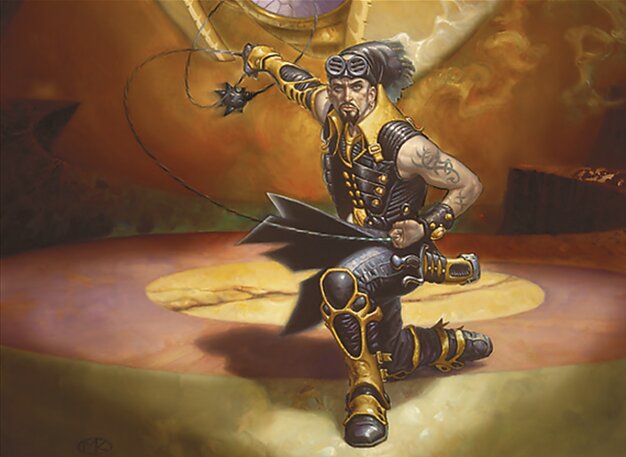
Chainer, Dementia Master
A reanimator strategy that uses tutors and recursion to bring back powerful creatures from the graveyard, such as Gray Merchant of Asphodel, to drain opponents’ life totals. It also leverages discard outlets and graveyard interactions to maintain card advantage and board presence.
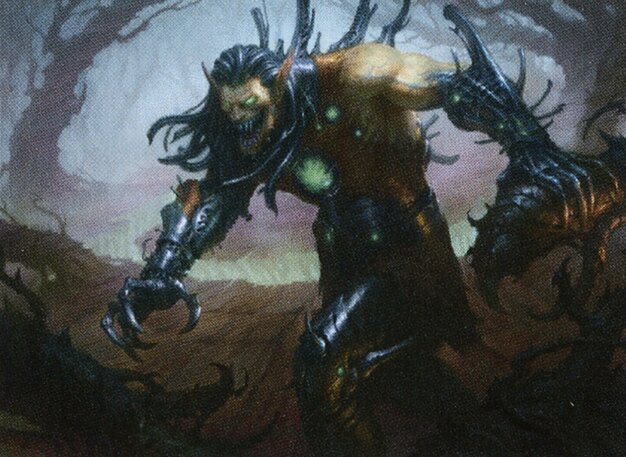
Ezuri, Claw of Progress
This deck aims to develop experience counters through casting spells and combat, then uses those counters to grow its creatures and proliferate counters on all permanents. It applies pressure through wide creature boards and incremental growth, supported by card draw and protection spells.

Thelon of Havenwood
A spore counter and +1/+1 counter based deck that uses creatures like Spore Thalid to accumulate counters and control the board. It synergizes with cards that trigger or benefit from these counters and uses incremental advantage to outlast opponents.
Gameplay Insights
- 1
Emil’s use of Vampiric Tutor and Reanimate to bring back Gray Merchant of Asphodel resulted in a significant life swing that shaped early board states.
- 2
Jeff’s timely use of Force of Negation and Counterspell to disrupt Emil’s board wipes and key spells prevented Emil from stabilizing control of the game.
- 3
Mistform’s artifact ramp and wizard tribal synergy provided consistent mana acceleration and utility, allowing the casting of impactful spells and protection via equipment.
- 4
Proliferate mechanics from Ezuri’s deck were used strategically to enhance counters on creatures and permanents, increasing pressure during combat phases.
- 5
Connor’s incremental spore counter buildup and Nullmage Shepherd deployment allowed subtle but effective board control and disruption of opponents’ plans.
- 6
The interplay of card draw and discard effects from Sylvan Library, Anvil of Bogardan, and Dark Deal created complex hand management decisions to maintain options throughout the midgame.
Notable Cards
-
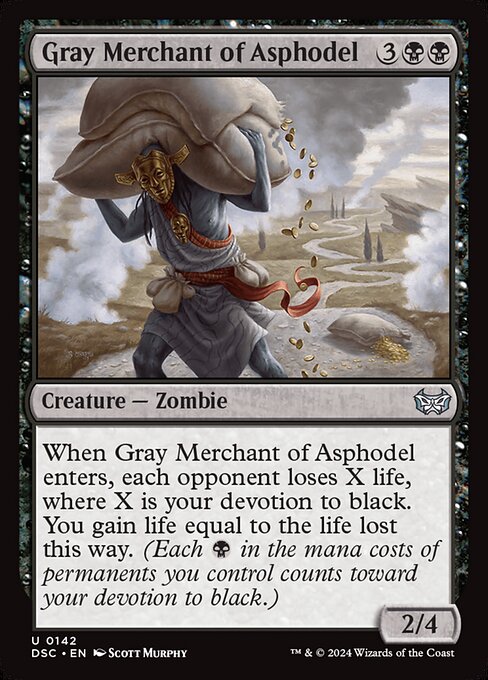
Gray Merchant of Asphodel
-
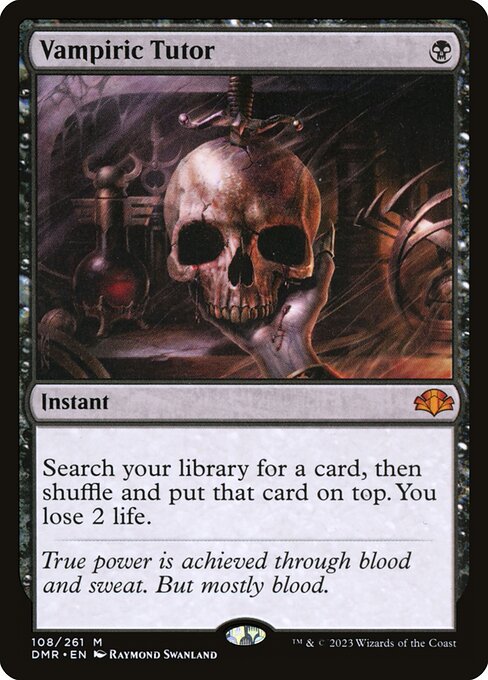
Vampiric Tutor
-
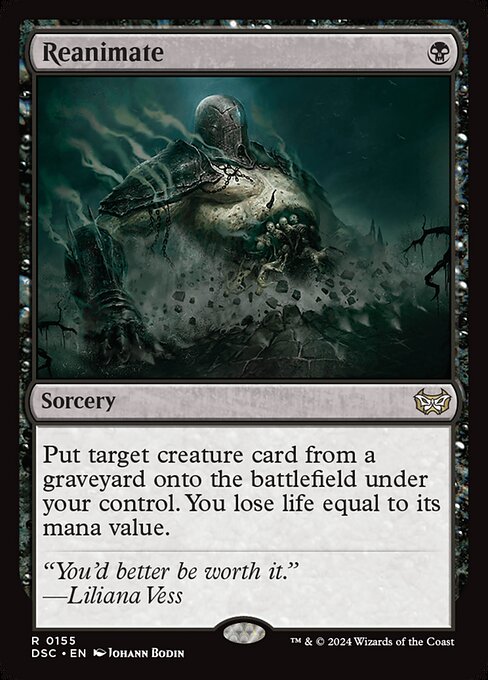
Reanimate
-

Force of Negation
-
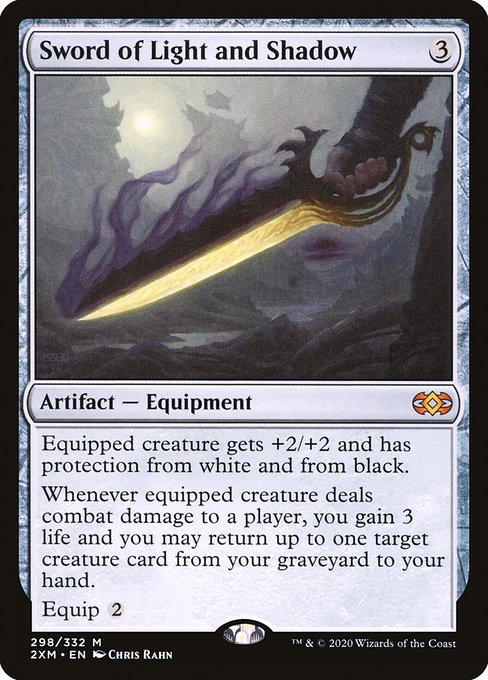
Sword of Light and Shadow
-
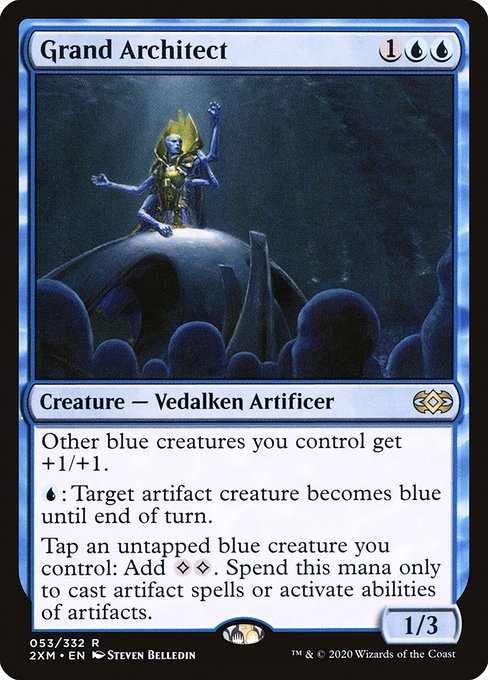
Grand Architect
-
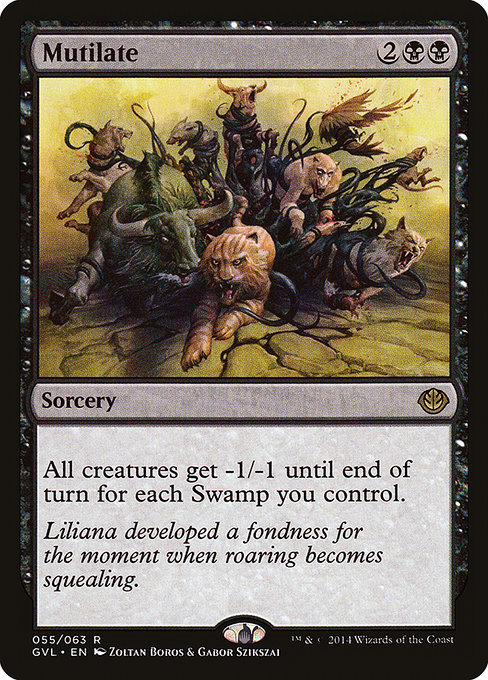
Mutilate
-
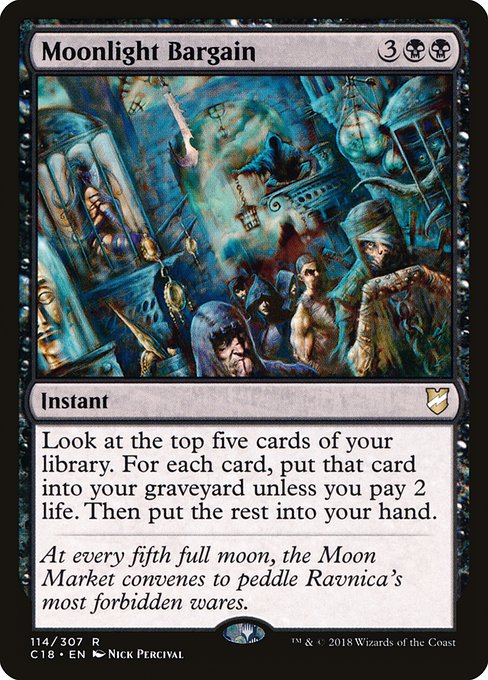
Moonlight Bargain
-
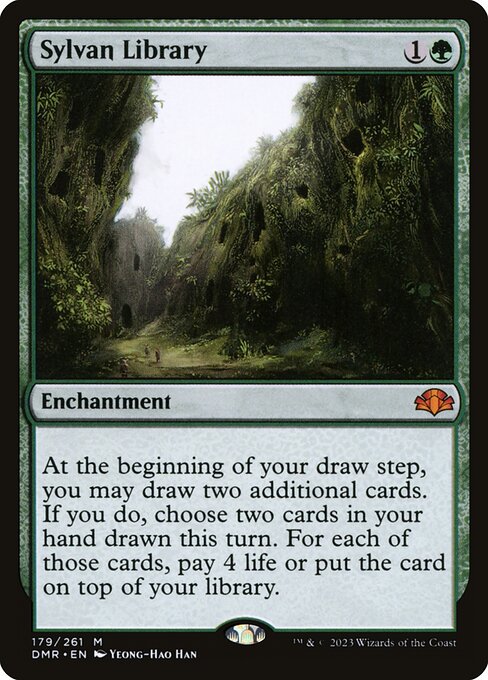
Sylvan Library
-

Thrummingbird
-

Living Death
-
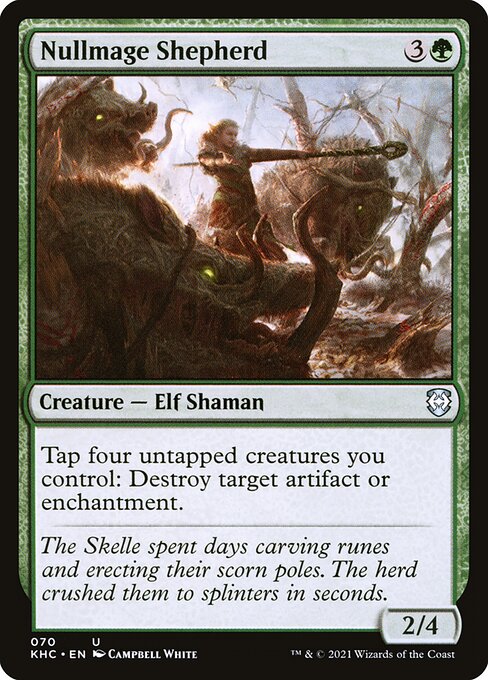
Nullmage Shepherd
-
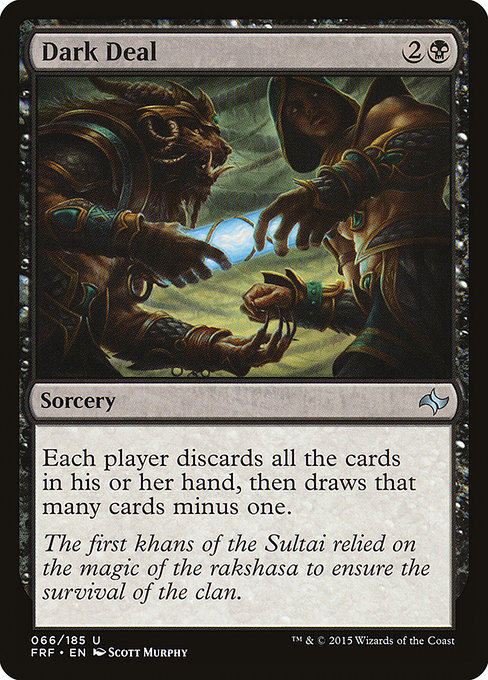
Dark Deal
-

Trinket Mage
-
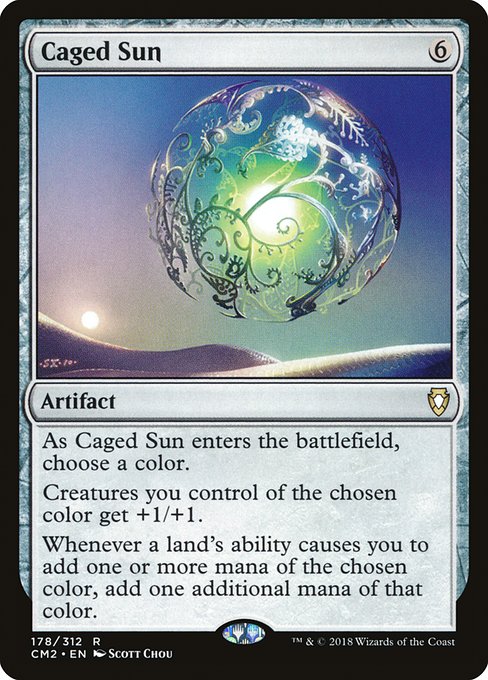
Caged Sun
Gameplay Summary
The game features a dynamic four-player Commander match with decks led by Mistform Ultimus, Chainer, Dementia Master, Ezuri, Claw of Progress, and Thelon of Havenwood.
The early turns involve typical ramp and card filtering with players developing their boards and setting up synergies.
Emil, piloting Chainer, focuses on reanimator strategies, utilizing cards like Vampiric Tutor and Reanimate to bring back powerful creatures such as Gray Merchant of Asphodel, which swings the life totals significantly in his favor through devotion-based drain effects.
Jeff’s Ezuri deck leverages experience counters and proliferate mechanics to grow creatures and apply pressure through combat and mill.
Connor’s Thelon deck emphasizes spore counters and board presence with creatures like Spore Thalid and Nullmage Shepherd, using their synergistic incremental advantages to maintain board control. Midgame sees key interactions including a well-timed board wipe attempted by Emil with Mutilate, which Jeff successfully counters with Force of Negation, demonstrating the tension and counterplay between the decks.
Mistform Ultimus, piloted by the video creator, uses artifact synergies and utility creatures like Trinket Mage and Grand Architect to ramp and control the board, while also protecting itself with equipment such as the Sword of Light and Shadow.
Combat phases feature strategic proliferate triggers and counter manipulations that keep the game state fluid.
Emil's repeated attempts to cast impactful spells are met with strong counterspell responses from Jeff, underscoring the importance of interaction in this game.
The match progresses with players maximizing their deck strengths—reanimation, +1/+1 counter proliferation, and incremental board advantage—while navigating disruptive plays from opponents.




































![Commander VS S12E9: Chainer vs Hope of Ghirapur vs Edric vs Ambassador Laquatus [EDH] thumbnail](https://i.ytimg.com/vi/dOiEyWLR-eE/sddefault.jpg)